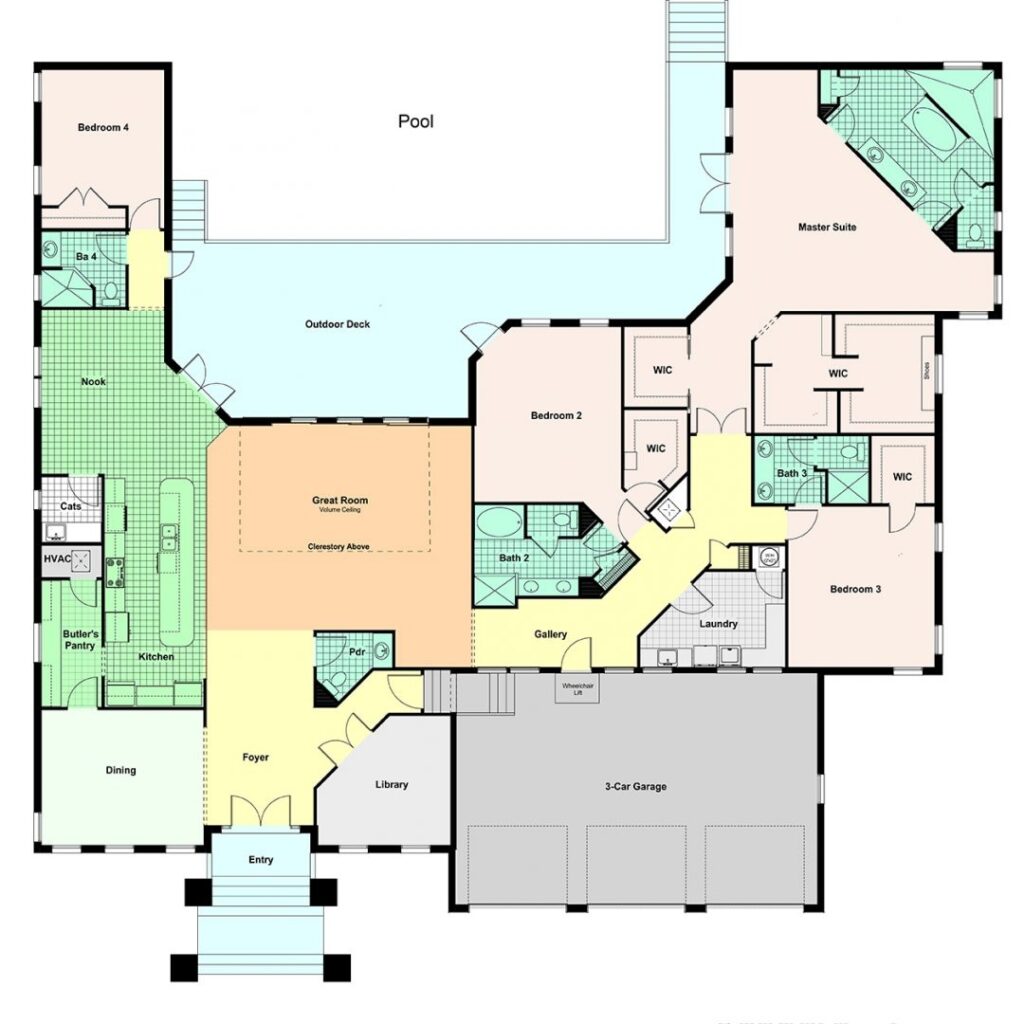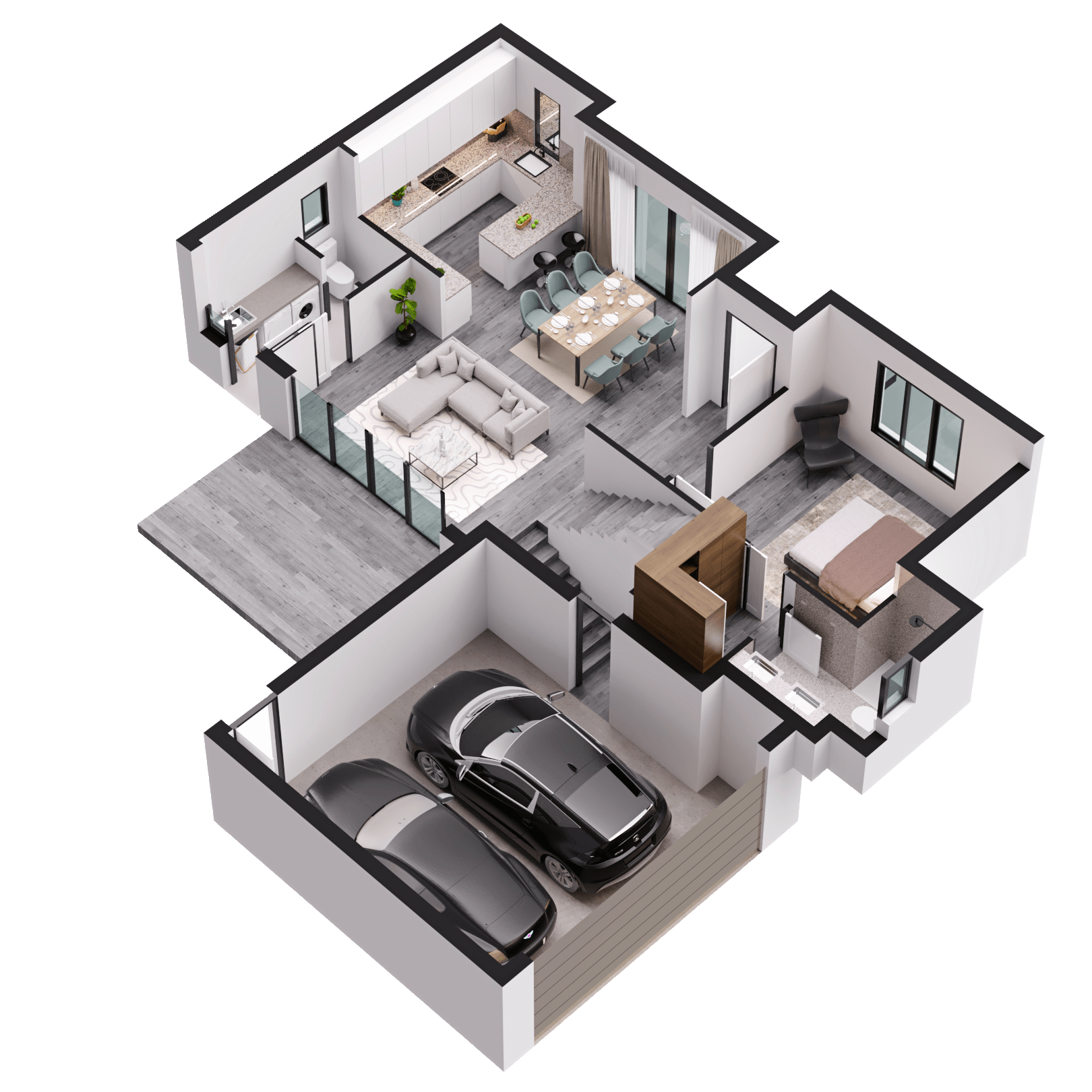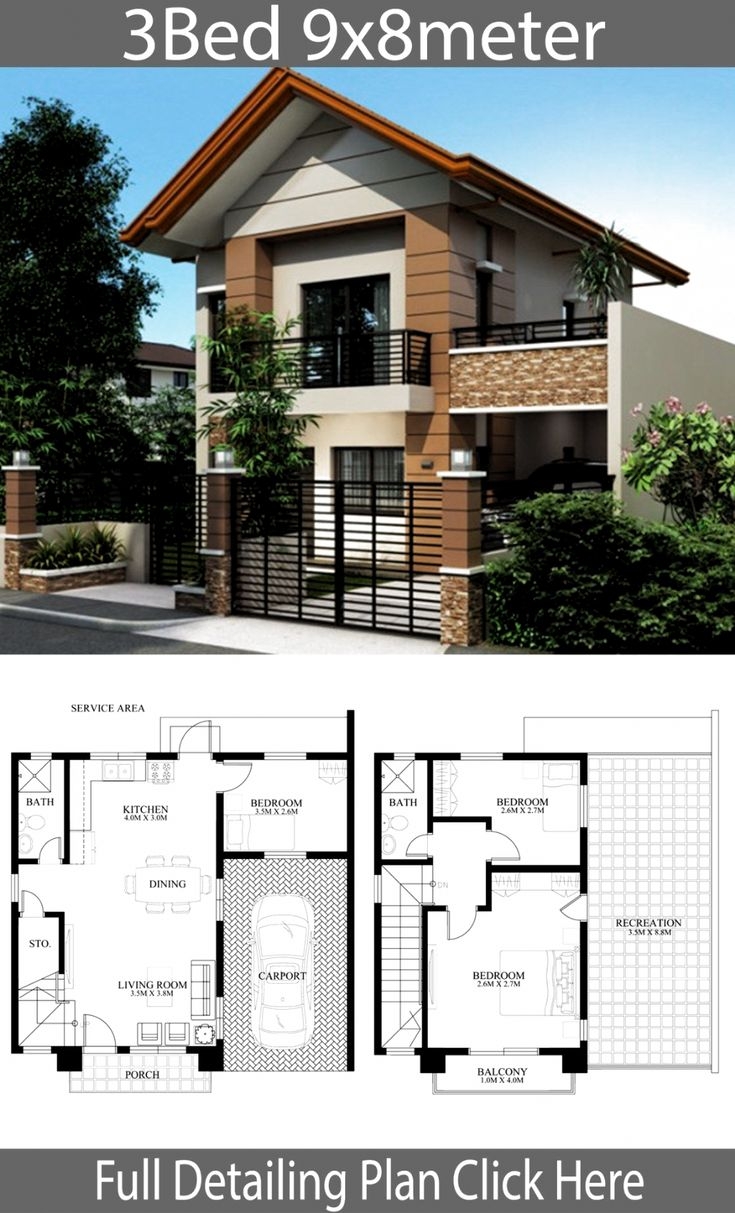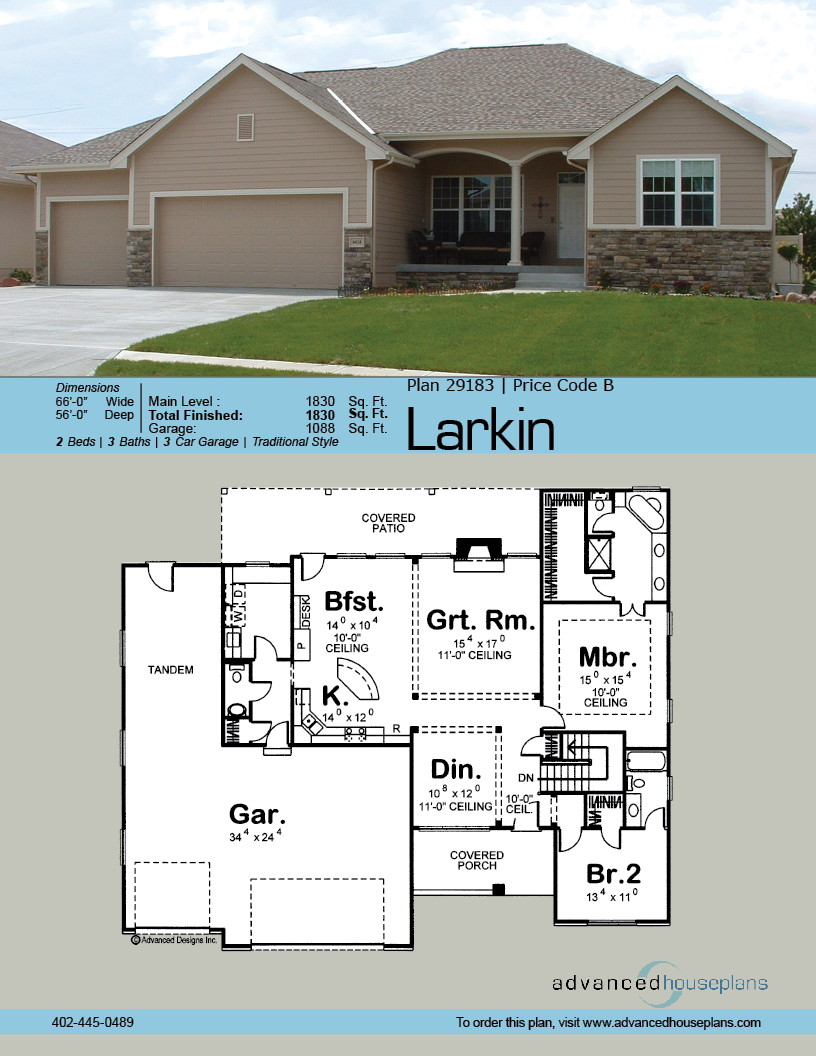When it comes to designing the perfect home, the housing floor plan is the cornerstone of the entire process. A well-thought-out floor plan can make all the difference in creating a space that is functional, stylish, and perfectly suited to your lifestyle. In this article, we will delve into the world of housing floor plans, exploring everything you need to know to make informed decisions about your dream home.
Knowledge
Understanding the basics of a housing floor plan is crucial before diving into the design process. A floor plan is a scaled diagram of a room or building viewed from above. It shows the layout of the space, including walls, doors, windows, and other architectural features. Floor plans are essential for visualizing how a home will flow and function, allowing homeowners to make informed decisions about room sizes, furniture placement, and overall layout.
There are several types of floor plans to consider when designing your home. Open floor plans are popular for their spacious and airy feel, with the kitchen, living, and dining areas seamlessly connected. Traditional floor plans, on the other hand, feature distinct rooms with defined purposes, providing a sense of privacy and separation. Understanding the different types of floor plans and their advantages can help you choose the right layout for your needs.
Another key aspect of housing floor plans is the architectural style of the home. Whether you prefer a modern, minimalist design or a classic, traditional look, the floor plan plays a significant role in bringing your vision to life. From the number of bedrooms and bathrooms to the placement of windows and staircases, every detail of the floor plan contributes to the overall aesthetic and functionality of the home.
How to download and save it
Downloading and saving a housing floor plan is a simple process that can be done online or through a home design software program. Many websites offer a wide range of floor plans to choose from, allowing you to browse different layouts and styles to find the perfect fit for your needs. Once you have selected a floor plan, you can download it in various file formats, such as PDF or CAD, for easy viewing and sharing.
Saving your chosen floor plan is essential for referencing it throughout the design and construction process. By keeping a digital or printed copy of the floor plan on hand, you can make informed decisions about furniture placement, room layouts, and other design elements. Having a clear vision of the floor plan will ensure that your dream home is built to your exact specifications and preferences.
Conclusion
In conclusion, the housing floor plan is a vital tool for designing the perfect home that reflects your style and meets your needs. By understanding the basics of floor plans, exploring different layouts and styles, and saving your chosen plan for reference, you can create a space that is both functional and beautiful.
Key strengths of a well-designed floor plan include efficient use of space, seamless flow between rooms, and customization options to suit your lifestyle. The target audience for housing floor plans includes homeowners, architects, builders, and interior designers looking to create unique and personalized living spaces.
As you embark on your journey to design your dream home, remember that the housing floor plan is the foundation of the entire process. By paying attention to detail, exploring different options, and staying true to your vision, you can create a space that is truly your own. The market outlook for housing floor plans is bright, with a growing demand for customizable and innovative designs that cater to diverse lifestyles.






